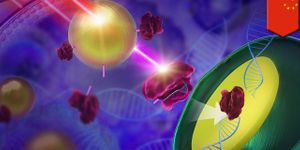Should Jupiter Be Considered a 'Failed Star?'
Jupiter is the largest-known planet in our solar system, and it’s also teeming with hydrogen gas. Based on its chemical and physical characteristics, you wouldn’t be alone if you’ve wondered whether Jupiter should be considered a ‘failed star,’ even though it isn’t a brown dwarf by any means. With that in mind, is Jupiter a failed star?
The answer to that question varies, depending on your definition of a failed star. While Jupiter certainly isn’t a brown dwarf, it did form out of the same molecular cloud that our Sun did. There was a potential for Jupiter to become a star, but the Sun was greedy during conception, snatching up most of the surrounding gas and starving Jupiter of all the mass that could have made it into a star.
The Sun captured so much of the mass from the molecular cloud that it’s estimated to contain around 99.8% of the solar system’s total mass. Jupiter, on the other hand, contains only 0.1% of the solar system’s total mass. The rest of that mass was ejected out into the solar system, forming the other planets we know today.
Jupiter doesn’t fit the scientific definition of a failed star, but depending on your viewpoint, Jupiter certainly did fail to become a star. Your mind could go wild with possibilities if even one bit of the solar system’s formation occurred differently than it did.








